ما هو صب حقن النايلون?
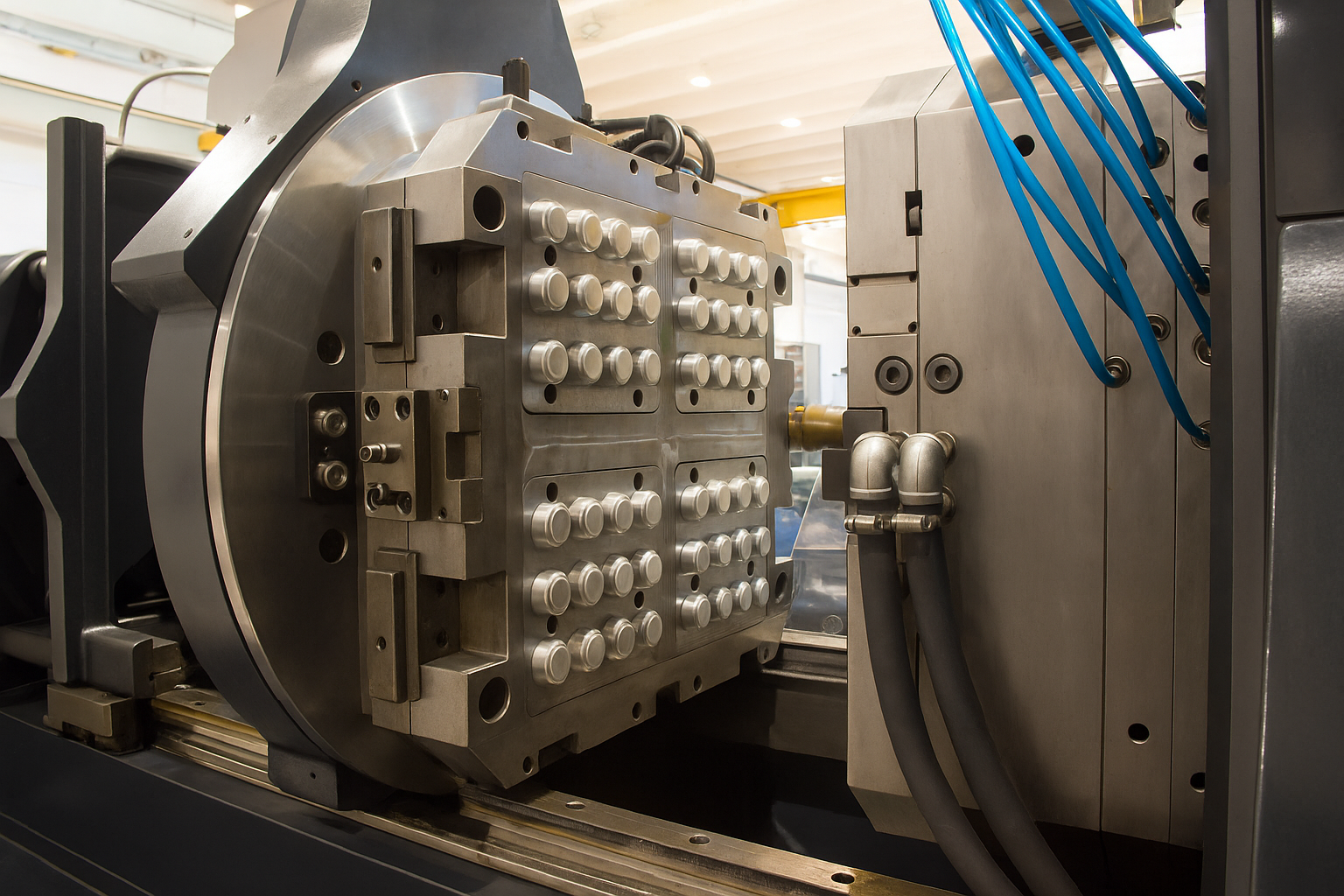
ما هو صب حقن النايلون
Nylon injection molding is a manufacturing process that uses molten nylon — a type of engineering thermoplastic — to produce durable, خفيفة الوزن, and high-strength components. نايلون, المعروف أيضا باسم مادة البولي أميد (السلطة الفلسطينية), is a semi-crystalline polymer characterized by excellent mechanical strength, ارتداء المقاومة, and chemical stability.
بسبب high crystallinity, nylon exhibits superior toughness, مقاومة التعب, and thermal performance. It can withstand demanding environments and often replaces metal in applications such as التروس, مهمات الربط, cable ties, fan blades, وأجزاء المضخة.
The most common nylons used in injection molding include:
نايلون 6 (PA6)
نايلون 66 (PA66)
نايلون 12 (PA12)
Glass-fiber reinforced nylon (با-GF)
Each grade has distinct mechanical and processing characteristics, allowing engineers to balance قوة, المرونة, and moisture resistance for specific end uses.
Advantages of Nylon Injection Molding
Nylon is one of the most popular engineering plastics for صب الحقن because it combines قابلية القابلية, أداء, and cost-efficiency. Below are its major benefits explained in detail.
1. Low Melt Viscosity
Nylon melts easily and flows smoothly within the mold, even through thin sections or complex geometries.
Enables the production of أجزاء رقيقة الجدران (as low as 0.7 مم).
Reduces injection pressure and ensures complete mold filling.
Shortens cycle times for high-volume production.
2. Excellent Chemical and Abrasion Resistance
Nylon resists a wide range of chemicals, مشتمل:
Dilute acids and alkaline solutions
Hydrocarbons, الوقود, and oils
Organic solvents like alcohols and halogenated hydrocarbons
إنه معامل احتكاك منخفض and high wear resistance make it ideal for parts that experience sliding or rotational motion, مثل التروس, البطانات, والمحامل.
3. مقاومة درجات الحرارة العالية
Nylon maintains mechanical integrity at elevated temperatures.
Standard nylon grades can operate continuously up to 120–150°C.
Glass-filled nylons withstand even higher temperatures before softening.
This property makes nylon suitable for automotive engine compartments and industrial machinery.
4. Fatigue and Impact Resistance
Nylon’s semi-crystalline molecular structure gives it excellent مقاومة التعب, allowing it to endure repeated stress cycles without cracking or breaking.
Designing parts with generous corner radii further improves performance under cyclic loads.
5. Mechanical Strength Comparable to Metal
Nylon exhibits high tensile and flexural strength, enabling it to replace metal in many load-bearing applications.
Reinforcing nylon with glass fibers or mineral fillers increases rigidity and dimensional stability while reducing creep under load.
Nylon Injection Molding Design Guidelines
Proper part design ensures both دقة الأبعاد و كفاءة الإنتاج. Below are nylon-specific design considerations.
1. سمك الجدار
Recommended: 0.030–0.115 in (0.76–2.92 mm)
Maintain uniform wall thickness to prevent sink marks and warping.
Gradual transitions (≤15%) between adjacent walls are ideal.
Avoid walls thicker than 6 مم, as they increase cooling time and may trap voids.
Nylon’s low melt viscosity allows thinner walls than many other thermoplastics while maintaining part strength.
2. Radii and Corners
Avoid sharp corners that create stress concentrations.
Minimum radius: 0.5 مم.
Optimal radius: ≈75% of nominal wall thickness for best fatigue performance.
3. زوايا المشروع
Nylon’s smooth surface and low friction allow for minimal draft.
0.5°–1° per side is recommended to ease ejection and shorten cycle times.
الأسطح المسطحة (على سبيل المثال, التروس) can sometimes be molded with no draft.
4. Part Tolerances
Nylon has a higher shrinkage rate (0.5%–2%) than many plastics, making dimensional control challenging.
Accurate mold temperature management reduces variation.
Glass-filled grades exhibit lower shrinkage and improved stability.
Controlled moisture conditioning post-molding ensures long-term precision.
Nylon Material Properties
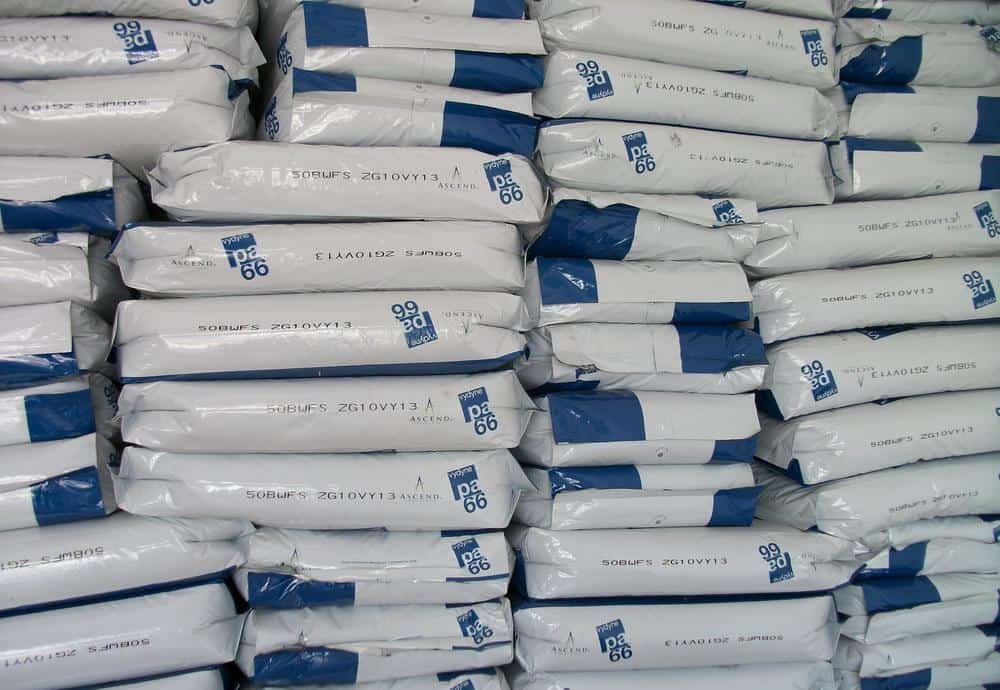
Nylon Material Properties
The following are typical material properties for several nylon grades:
| ملكية | نايلون 11 | نايلون 12 | نايلون 46 | نايلون 66 | نايلون 66 30% فرنك غيني |
| كثافة (جم/سم3) | 1.04 | 1.31 | 1.20 | 1.17 | 1.38 |
| Linear Shrinkage (cm/cm) | 0.0083 | 0.0069 | 0.019 | 0.0139 | 0.0044 |
| Rockwell Hardness (ر) | 107 | 98 | 95 | 114 | 117 |
| قوة الشد (MPa) | 37.1 | 46.1 | 73.9 | 72.5 | 155 |
| استطالة عند الاستراحة (%) | 119 | 67 | 43 | 47 | 4 |
| Flexural Modulus (المعدل التراكمي) | 0.95 | 5.66 | 2.64 | 3.09 | 7.96 |
| Drying Temperature (درجة مئوية) | 90 | 93 | 94 | 81 | 82 |
| درجة حرارة الذوبان (درجة مئوية) | 261 | 224 | 303 | 279 | 285 |
| Mold Temperature (درجة مئوية) | 49 | 71 | 103 | 75 | 86 |
الوجبات الرئيسية: Nylon’s balance of high tensile strength, صلابة, والمرونة makes it ideal for load-bearing components. لكن, بسبب hygroscopic nature, nylon must be dried thoroughly before processing.
Nylon Injection Molding Process Parameters
Controlling processing parameters ensures consistent part quality and dimensional accuracy.
1. Viscosity
Nylon has low melt viscosity, enabling fast mold filling through thin or intricate channels.
This reduces cycle times but requires careful pressure and speed control to prevent flashing.
2. Moisture Control
Nylon easily absorbs atmospheric moisture.
Excessive moisture causes voids, splay, and brittleness.
Optimal moisture content: 0.15–0.20%.
Dry nylon at 80–90°C for 3–6 hours before molding.
3. Temperature Control
Higher mold temperature → increased crystallinity and strength.
Too high (فوق 330درجة مئوية) → risk of thermal degradation and discoloration.
Typical processing range:
Barrel temperature: 260–290°C
Mold temperature: 70–90°C
4. Injection Pressure
Typical range: 700–1400 bar (10,000–20,000 psi).
Low pressure → short shots, knit lines, الانتهاء من سوء السطح.
High pressure → flash, warpage, or dimensional distortion.
Proper pressure profiling ensures uniform density and minimal internal stress.
5. Injection Speed
High injection speeds reduce cycle time and weld lines.
لكن, excessive speed can cause shear heating و علامات حرق.
Controlled ramp-up of speed is best for thin-walled nylon parts.
6. Gassing and Venting
Nylon molding generates gases during melt injection.
Poor venting causes voids, burns, and incomplete filling.
Provide vent depths around 0.02–0.04 mm near cavity edges.
7. انكماش
Typical range: 0.5–2%, depending on grade and cooling rate.
Controlled by:
Higher mold temperatures (reduce shrinkage).
Uniform wall thickness.
Glass reinforcement (minimizes warping).
Common Nylon Injection Molding Defects and Solutions
| عيب | Possible Cause | Recommended Solution |
| Splay marks | Excess moisture | Pre-dry material properly |
| Flashing | Excess pressure or low clamp force | Adjust injection pressure, inspect mold fit |
| تزييف | Uneven cooling or wall thickness | Optimize mold design and cooling layout |
| Short shots | Low injection speed or venting issue | Increase speed, improve venting |
| Discoloration | Overheating or degradation | Lower melt temperature, ensure material purity |
Applications of Nylon Injection Molding
Nylon molded parts are used across numerous industries due to their combination of قوة, صلابة, ومقاومة الحرارة.
السيارات: التروس, البطانات, radiator fans, fuel line connectors
كهربائي & إلكترونيات: Cable ties, العوازل, terminal housings
بضائع المستهلكين: Power tool housings, appliance components
معدات صناعية: رمان, بكرات, mechanical fasteners
الفضاء الجوي: Lightweight interior fittings, اقواس, مقاطع
Best Practices for Successful Nylon Injection Molding
Store nylon pellets in airtight containers to prevent moisture absorption.
دائماً dry material before molding.
Maintain uniform cooling to minimize warping.
يستخدم glass-filled grades for high-strength or precision applications.
Apply controlled temperature and pressure profiles during molding.
خاتمة
Nylon injection molding combines the strength of engineering plastics with the versatility of thermoplastics. When processed correctly, nylon delivers exceptional performance, متانة, والدقة, making it a preferred material for both industrial and consumer applications.
Proper control of رُطُوبَة, درجة حرارة, and pressure, along with intelligent design practices, ensures high-quality nylon parts that can even replace metal components.
الأسئلة الشائعة
- What is the best type of nylon for injection molding?
نايلون 6 والنايلون 66 are the most commonly used types. نايلون 66 offers higher strength and temperature resistance, while Nylon 6 provides better surface finish and flexibility. - Why must nylon be dried before injection molding?
Because nylon is hygroscopic, it absorbs moisture from the air. Moisture in the resin can cause bubbles, splay, and degradation during molding. - Can nylon replace metal parts in mechanical assemblies?
نعم. With glass-fiber reinforcement, nylon can achieve tensile strength comparable to aluminum, making it a cost-effective lightweight alternative. - What are the common challenges when molding nylon?
Key challenges include moisture absorption, انكماش, تزييف, and maintaining tight tolerances due to high shrinkage rates. - How do you reduce shrinkage in nylon injection molding?
Use higher mold temperatures, uniform wall thickness, and glass-filled grades. Controlled cooling also helps prevent warpage.
اقرأ المزيد:
نصائح لتصميم مقاطع للأجزاء البلاستيكية
5 الأشياء التي تحتاج إلى معرفتها حول صب الحقن البلاستيكي
كل شيء عن أساسيات صب حقن البلاستيك
كل ما تحتاج لمعرفته حول صب حقن البولي?

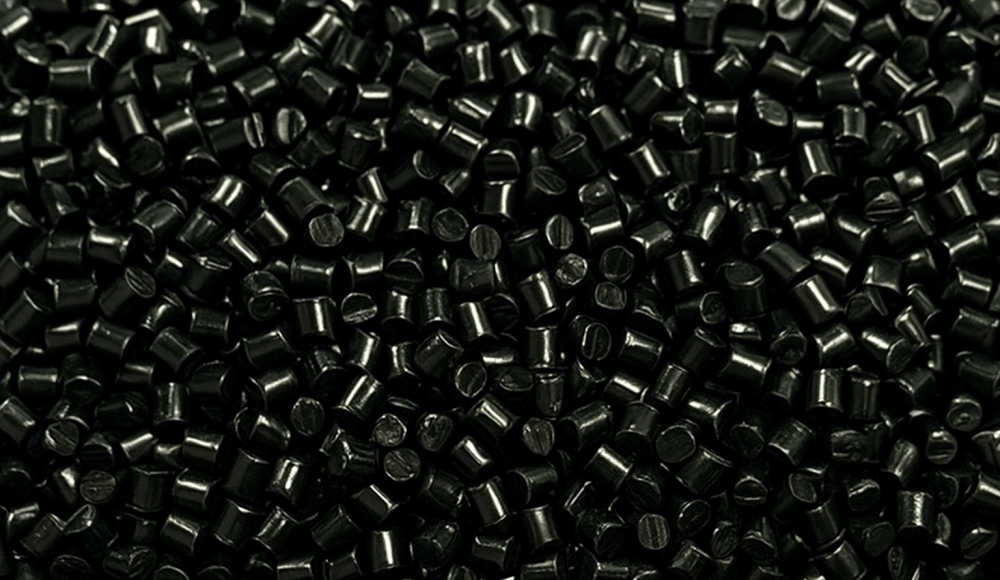
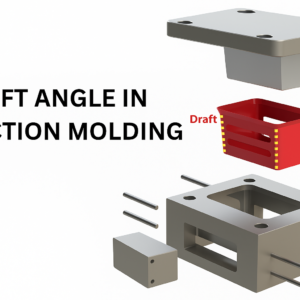
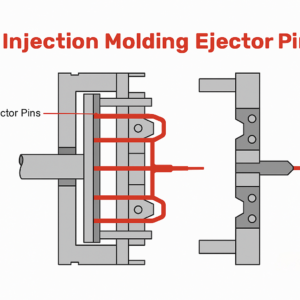
1 فكرت في "صب حقن النايلون: تصميم, عملية, ودليل المواد للمهندسين”